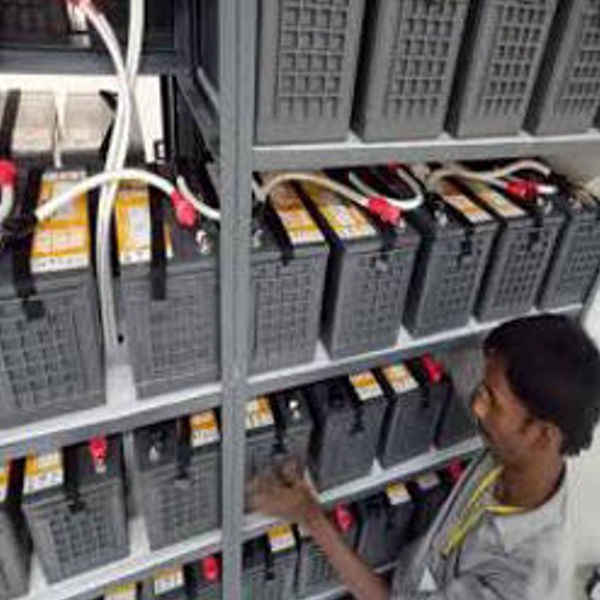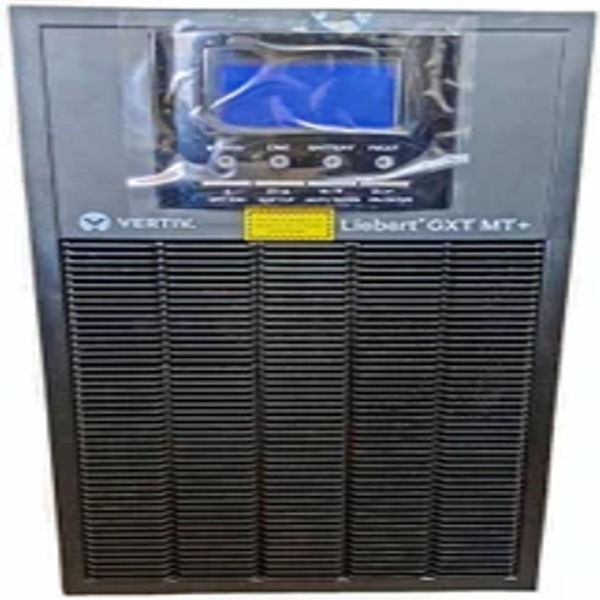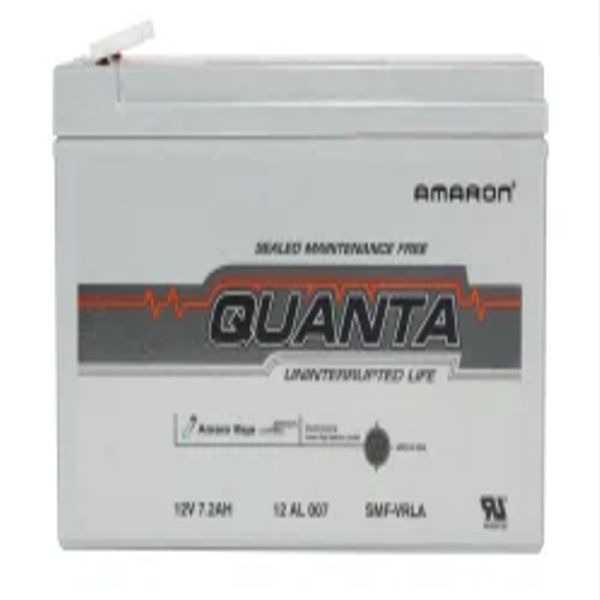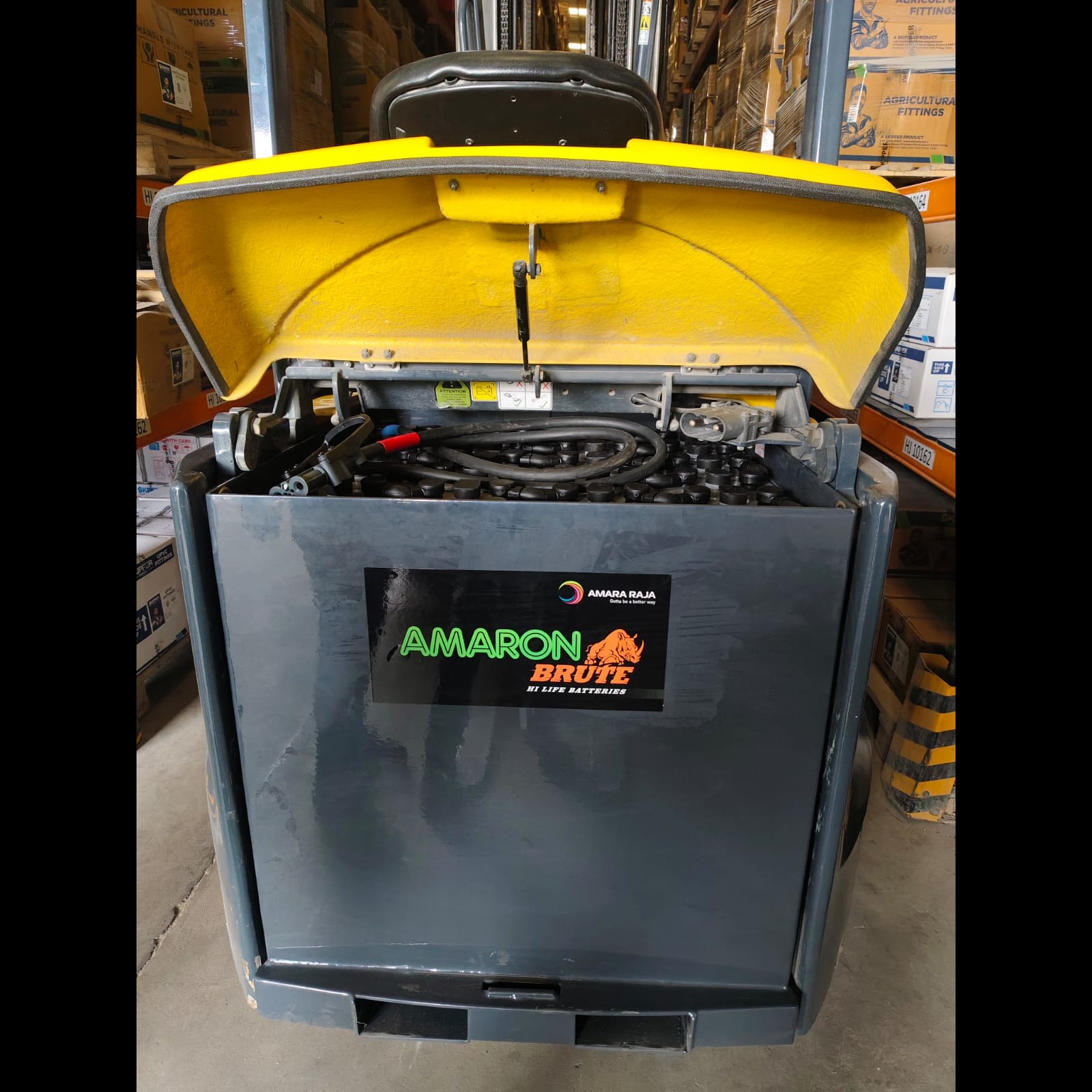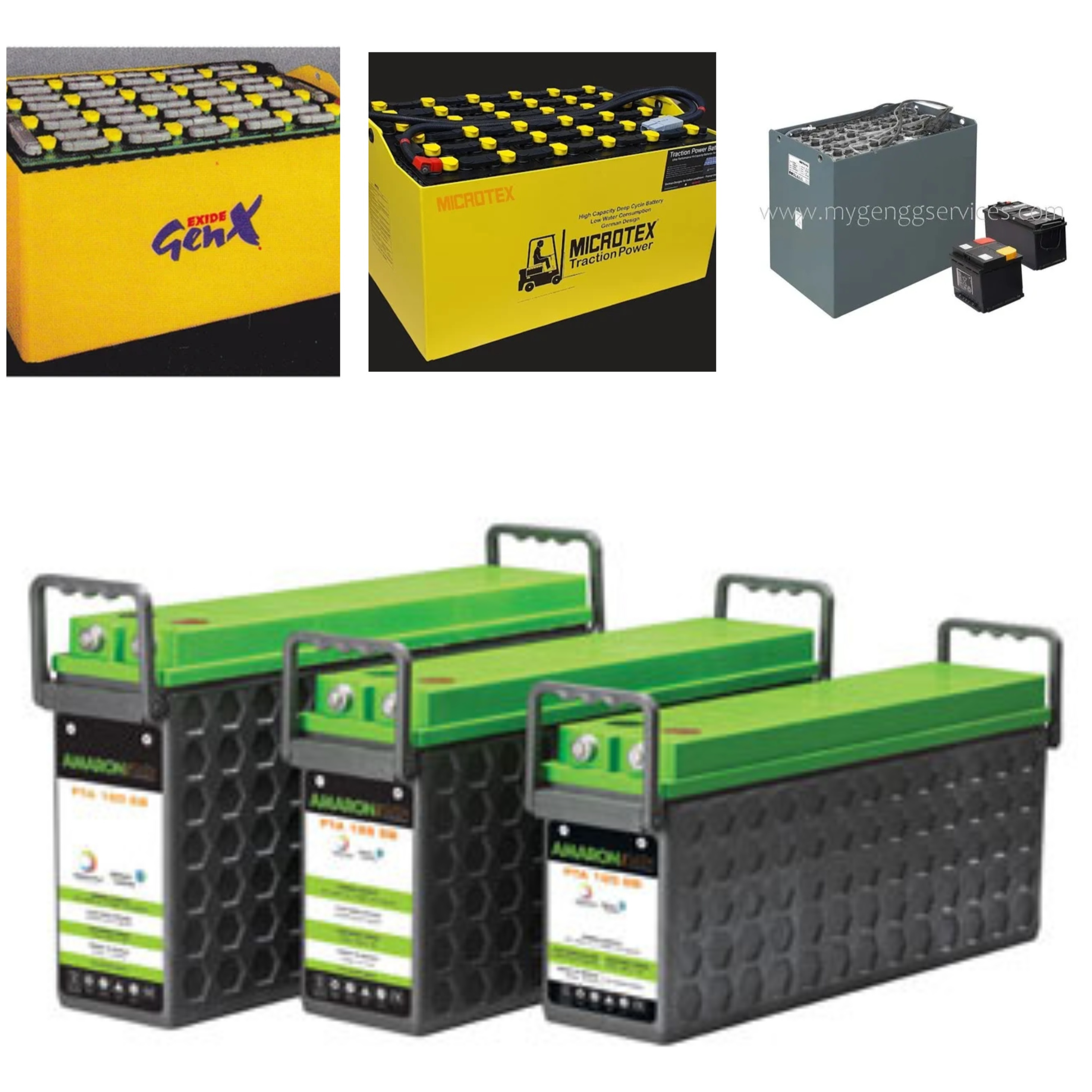
Traction battery
A traction battery is a type of rechargeable battery specifically designed to provide power for electric vehicles (EVs), hybrid vehicles, and other applications that require a significant amount of energy over extended periods. Here are some key details about traction batteries:
Key Features:
Purpose:
Traction batteries are used to drive electric motors in vehicles, providing the necessary energy for propulsion.
Types:
Lithium-Ion Batteries: Most common in modern electric vehicles due to their high energy density, lightweight, and longer lifespan.
Nickel-Metal Hydride (NiMH): Used in some hybrid vehicles; offers good energy density but is heavier than lithium-ion.
Lead-Acid Batteries: Less common for traction applications due to weight and lower energy density, but still used in some low-speed electric vehicles and older models.
Energy Density:
Traction batteries typically have a higher energy density compared to standard automotive batteries, allowing for longer driving ranges.
Cycle Life:
Designed for deep cycling, traction batteries can endure many charge and discharge cycles, making them suitable for daily use in electric vehicles.
Charging:
Can be charged using standard electrical outlets or specialized charging stations, depending on the battery type and vehicle design.
Applications:
Electric Vehicles (EVs): Powering fully electric cars like the Tesla Model S, Nissan Leaf, and Chevrolet Bolt.
Hybrid Vehicles: Supporting both electric and internal combustion engines, such as the Toyota Prius.
Electric Bicycles and Scooters: Providing energy for personal electric transportation.
Forklifts and Material Handling Equipment: Used in industrial applications for lifting and moving goods.
Maintenance and Lifespan:
Traction batteries generally require less maintenance than traditional lead-acid batteries.
Lifespan can vary significantly based on usage, charging habits, and environmental conditions, typically ranging from 8 to 15 years for lithium-ion batteries.
Recycling:
Traction batteries can be recycled, and many manufacturers have programs in place to reclaim valuable materials like lithium, cobalt, and nickel.
Conclusion:
Traction batteries are crucial for the advancement of electric mobility, enabling longer ranges, faster charging, and more efficient energy use in various applications. As technology evolves, improvements in battery chemistry and design continue to enhance their performance and sustainability.
Keywords
15 years
battery type
industrial applications
design continue
battery chemistry
efficient energy
lithium cobalt
nissan leaf
tesla model
key details
extended periods
significant amount
provide power
traction battery
vehicles providing
traction applications due
scooters providing energy
moving goods maintenance
lower energy density
electric vehicles charging
lowspeed electric vehicles
drive electric motors
technology evolves improvements
reclaim valuable materials
usage charging habits
vary significantly based
material handling equipment
internal combustion engines
standard electrical outlets
discharge cycles making
lithiumion leadacid batteries
